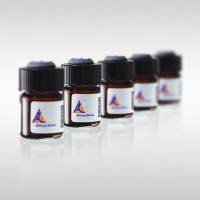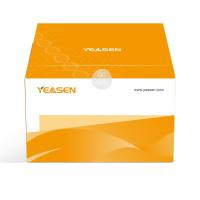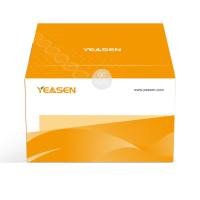Isolation by Preparative HPLC
互联网
893
Preparative high-performance (or high-pressure) liquid chromatography (HPLC), is a versatile, robust, and widely used technique for the isolation of natural products. The main difference between HPLC and other modes of column chromatography is that the diameter of stationary phase particles is comparatively low (3–10 �m), and these particles are tightly packed to give a very uniform column bed structure. The low particle diameter means that a high pressure is needed to drive the chromatographic solvent (or “eluent”) through the bed. However, because of the very high total surface area available for interaction with solutes (approx 100–300 m2 /g for a typical 5-�m-diameter stationary phase) and the uniformity of the column bed structure, the resolving power of HPLC is very high. Preparative HPLC is increasingly widely applied to both laboratory and pilot-plant scale isolation work, and recent developments in instrumentation and column-packing materials mean that scale up is now relatively straightforward.









